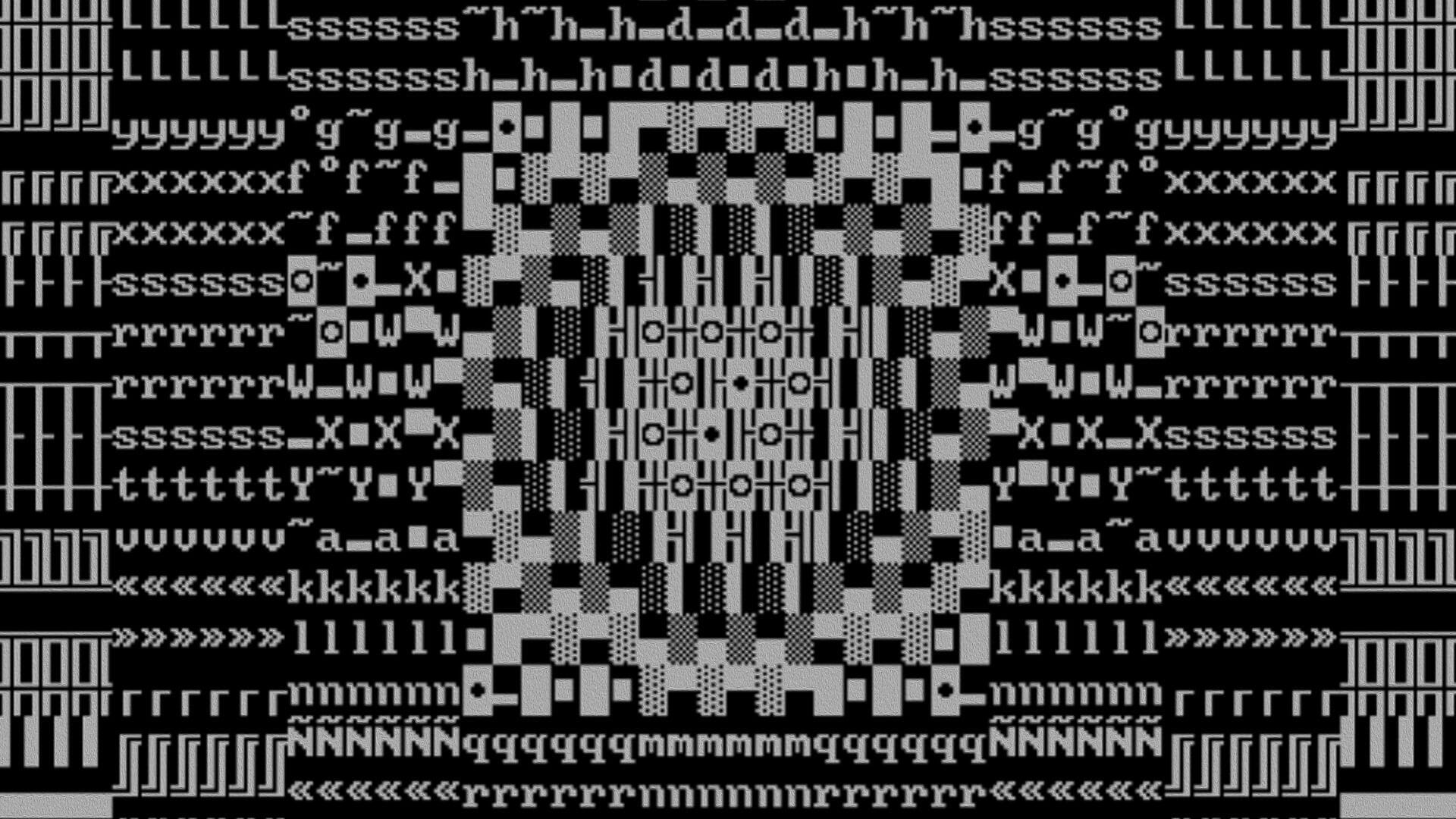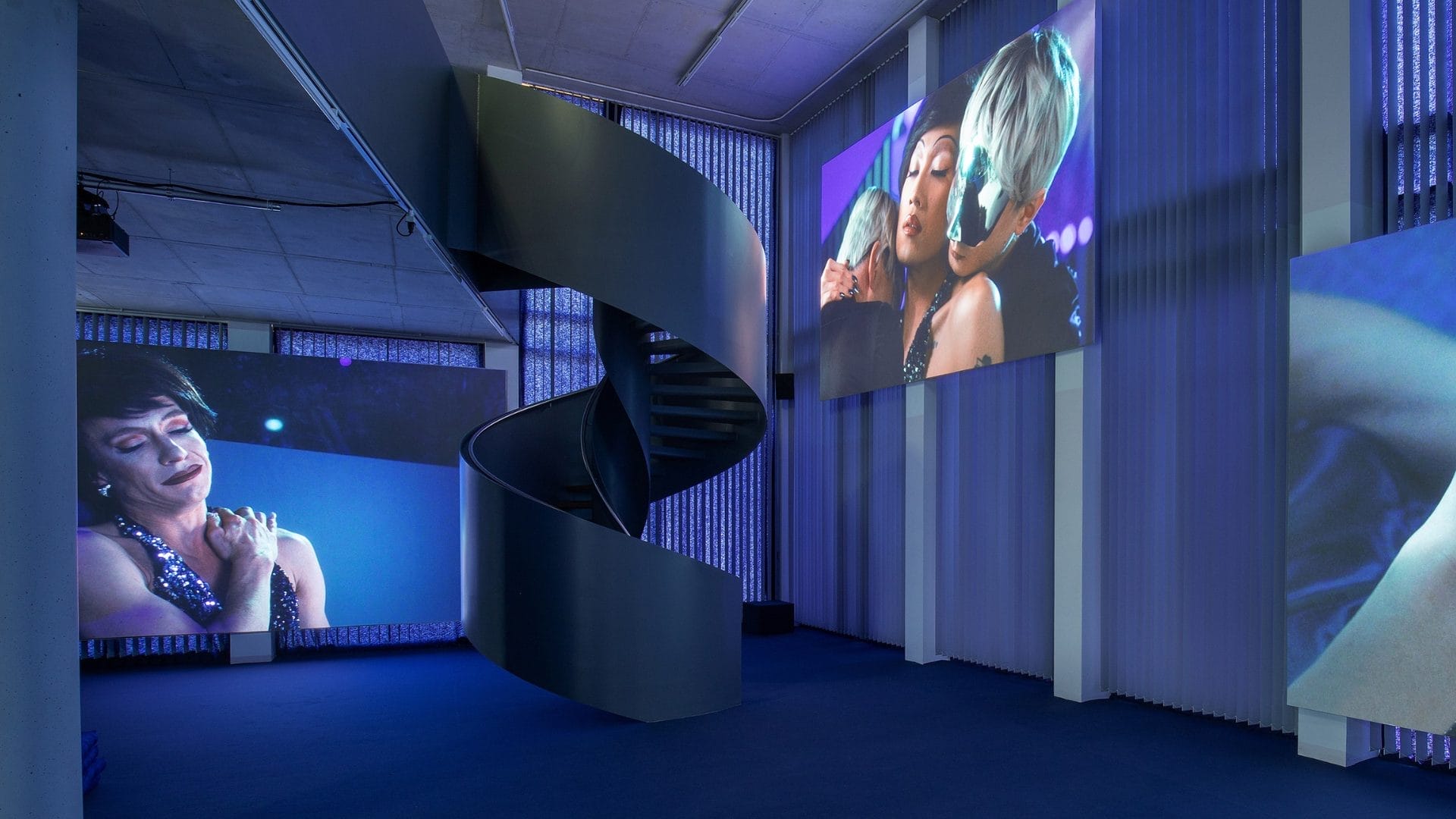
Christie’s in conversation with Fakewhale
Christie’s in conversation with Fakewhale
As an industry leader in the art auction industry, Christie’s has long been synonymous with innovation and excellence. Today, as the digital art market continues to grow, Christie’s 3.0 initiative marks a significant pivot, positioning the auction house at the vanguard of this evolving market.
In this interview, we talk with Sebastian Sanchez, Manager of Digital Art Sales at Christie’s, to explore how the storied institution is melding centuries-old traditions with the modern world of digital art — covering topics ranging from Christie’s strategic adaptations to its impact on the future of art collecting.
Fakewhale: Christie’s has always been at the forefront of the art auction market, and now, with Christie’s 3.0, you have positioned yourselves prominently within the emerging digital art scene. How do you view this progression in the context of Christie’s history of market innovation, particularly considering events like Beeple’s groundbreaking sale and the earlier adaptation of auction houses to digital art compared to galleries? What does this indicate about the future direction of the global art market?
Sebastian: I feel like Christie’s has always been at the forefront of innovation, testing things out in an experimental way, and not being afraid to take risks and see what hits. We have a history of selling new forms of art before Beeple. It really started in 2018 with the sale of AI artwork by an artist collective called Obvious. We sold their work in an online sale, and the estimate was $7,000 to $10,000, but it sold for over $400,000. That was long before AI art was a category that people were actively collecting and showing.
The work itself was a print on canvas, an AI image printed on canvas. It was a hybrid between this new form and catering to traditional collectors. Christie’s, in my experience, likes to take risks and put things out there to see what happens.
It has paid off many times. That was one example, then even before Beeple, a few months before, in 2020, we sold a painting-sculpture by an artist, Robert Alice, who we’ve worked with recently. It was basically a hash inscription all over the sculpture. That was the first NFT we ever sold, which was really cool. This was before Beeple. The NFT came with the sculpture, so there was this physical-digital mix.
Then Beeple was the first digital-only artwork we ever sold. None of these markets were established when Beeple was present. Someone from the team brought the piece into Christie’s and asked, ‘What do we think about this? Should we try it?’
We decided to experiment, swing the bat and see what happens. The estimate was unknown; no one even knew how to price Beeple’s work. Then it sold for $69 million.
Leading up to today, Christie’s 3.0 is another example of that. We built an entire on-chain platform, brand new for a 250-year-old auction house. Within that, we’ve sold regular auction work, like one-of-ones. We did a generative art drop, the first time Christie’s has ever done generative. So, we’re really not afraid to take risks and swing, especially within the tech context. With this experimentation, starting first from something more hybrid, then going fully digital, we really had the chance to see the direction of the global art market.

Fakewhale: The art world is undergoing a seismic transformation as digital art and NFT technology increasingly enter the mainstream. How does Christie’s 3.0 reflect and adapt to these cultural shifts, and what role do you foresee Christie’s playing in shaping the evolving landscape of how art is consumed and appreciated in this digital era?
Sebastian: The digital art space moves quickly, which presents one of the bigger challenges in my role—keeping your finger on the pulse while being able to implement changes within a large company like Christie’s. It’s a delicate balance between foreseeing future trends and addressing what’s happening today. Culturally, we’re all art specialists with backgrounds in the traditional art world. We’ve worked with many artists, galleries, and institutions, so we know what we’re doing. However, the pace is challenging to keep up with.
Digital art as a market is relatively new, about five years old, and the practice of buying and selling digital art is even younger. Considering this, the market has a lot to learn and will fluctuate significantly before it stabilizes. The landscape changes rapidly; what was popular three months ago, like meme coins, may no longer be relevant.
It’s a fast-paced market and closely tied to finance and currency, which adds complexity. Despite this, our primary focus remains on pushing the cultural conversation forward. We aim to ensure that the work we promote is something we can look back on in five years and be proud of, rather than regretting our choices. From an operational perspective, that’s where the challenge lies.
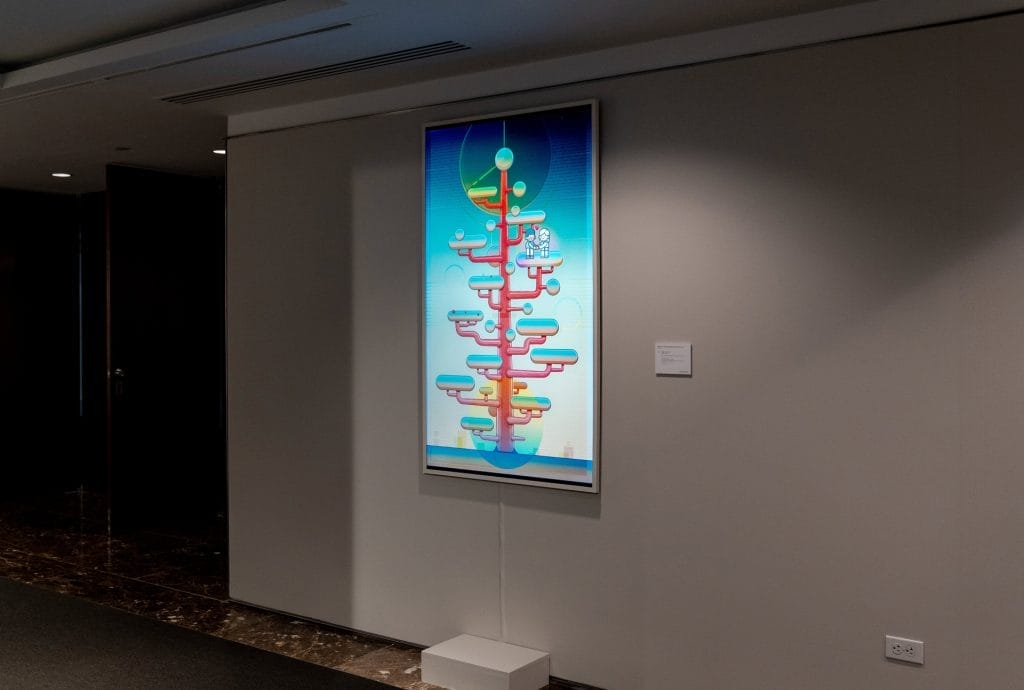
Fakewhale: As digital and traditional art worlds converge, how does Christie’s envision a symbiotic relationship between the two, particularly in terms of curatorial practices, artist representation, and audience engagement? Strategies that nurture this dynamic coexistence are essential for appealing to a diverse and evolving collector base. A notable example is the upcoming 21st-century Day sale featuring a piece by Skygolpe, an artist who is well-established in the digital realm and is now successfully making inroads into the traditional market.
Editor’s Note: The piece by Skygolpe mentioned – ‘PX8371S’ – was successfully sold for $HK$ 1,008,000 (~$129,000 USD) on May 29th, 2024.
Sebastian: That’s a big question. In bridging the two together, what we’re doing with works like Skygolpe is positioning digital art within the broader contemporary art context. For instance, featuring Skygolpe in an upcoming major Hong Kong sale attracted a lot of attention. Today, we also have our post-war contemporary art day sale, featuring 300 works and transacting millions of dollars. It starts at 11 a.m. and includes a piece by DEEKAY, the animator known on Twitter as Deekaymotion. His work, the only digital artwork in the sale, draws significant interest from the thousands of visitors at our Christie’s galleries.
Often, our front desk receives requests from visitors wanting to learn more about these digital pieces. This exposure is something these artists rarely get outside of the NFT bubble that’s prevalent on Twitter. Breaking out of that bubble and bringing their work to a wider audience is a crucial part of my job. We see ourselves as stewards of digital art in the contemporary art world, tasked with gaining significant visibility for these works. This is a huge responsibility and not something we take lightly.
In terms of representation, the pieces need to be commercially viable and sales-worthy. We also consider the diversity of the artists and their work.
These cultural considerations are always at the forefront of our planning, particularly important to me personally. In fact, my own art collection predominantly features female artists, reflecting a common value among our team.
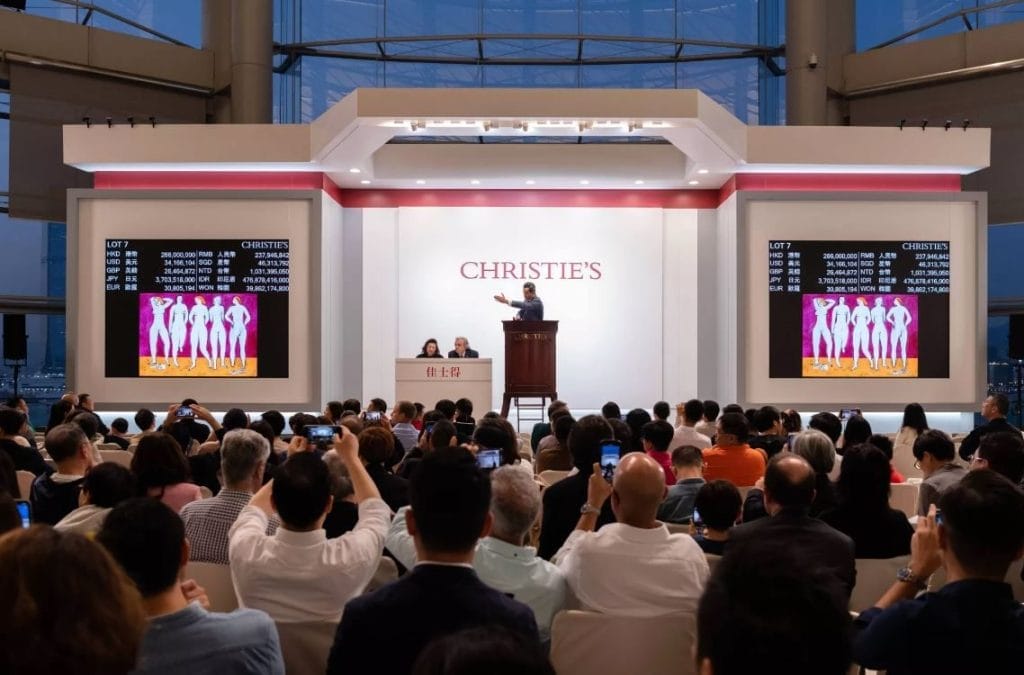
Fakewhale: We experienced a significant peak in the digital art market in 2021, followed by an expected decompression. Even though this initial phase was brief, it generated impressive numbers compared to the traditional art market. From your perspective, do you believe the digital art market will develop into a fully-fledged industry?
Sebastian: I think it’ll just be part of contemporary art. It should be integrated as part of the overall art market. Look at our sales today—there’s painting, sculpture, works on paper. Similarly, there should be a digital section. Whether the NFT space realizes it or not, I believe these artists want recognition from established institutions and to be collected by traditional collectors; it’s all contemporary art.
Yes, I think it will come back. Digital assets, especially those on the blockchain, are bound to become more important as younger generations gain purchasing power and as we see developments like the metaverse unfold. It’s somewhat inevitable, and given my passion for technology, I am very open to embracing new technologies and just can’t imagine a scenario where digital art just disappears; it’s fundamentally important and historically significant.

Fakewhale: Skygolpe’s piece ‘PX8371S’ from the ‘Paint on Pixel II’ series, set for Christie’s prestigious Hong Kong auction, underscores the importance of digital artists adopting a more holistic approach in the contemporary art world. How crucial do you think it is for digital artists, who found their breakthroughs online, to lay the groundwork for a more inclusive and integrated approach to contemporary art?
Sebastian: Absolutely, it’s super important. It’s hard, you know; the digital space operates very differently compared to the traditional art scene. In traditional settings, galleries help artists place their works in the hands of reputable collectors and institutions. There’s a whole support system that ensures artists are featured in the right places.
But in the digital world, artists have to do everything themselves, which is very hard. They need to be creators, marketers, salespeople, their own agents, and they have to negotiate their own contracts, mostly on their own. There are some new agencies popping up that help artists and are kind of playing the gallery role, but they aren’t exactly galleries. It’s strange, but I think it’s really important.
And I think it’s funny how auction houses have landed in this spot where they can offer a lot of global exposure, you know, and get the eyeballs these artists want and help integrate them into the art world. I definitely think it’s a good first step—or one step—for these artists to cross over. If you sell at Christie’s and you make a big sum, you’re going to get covered by ArtNet, The Art Newspaper, and such. These artists wouldn’t normally get this coverage, or they could, but it would be much harder to get that initial awareness. So it’s an interesting time for sure.
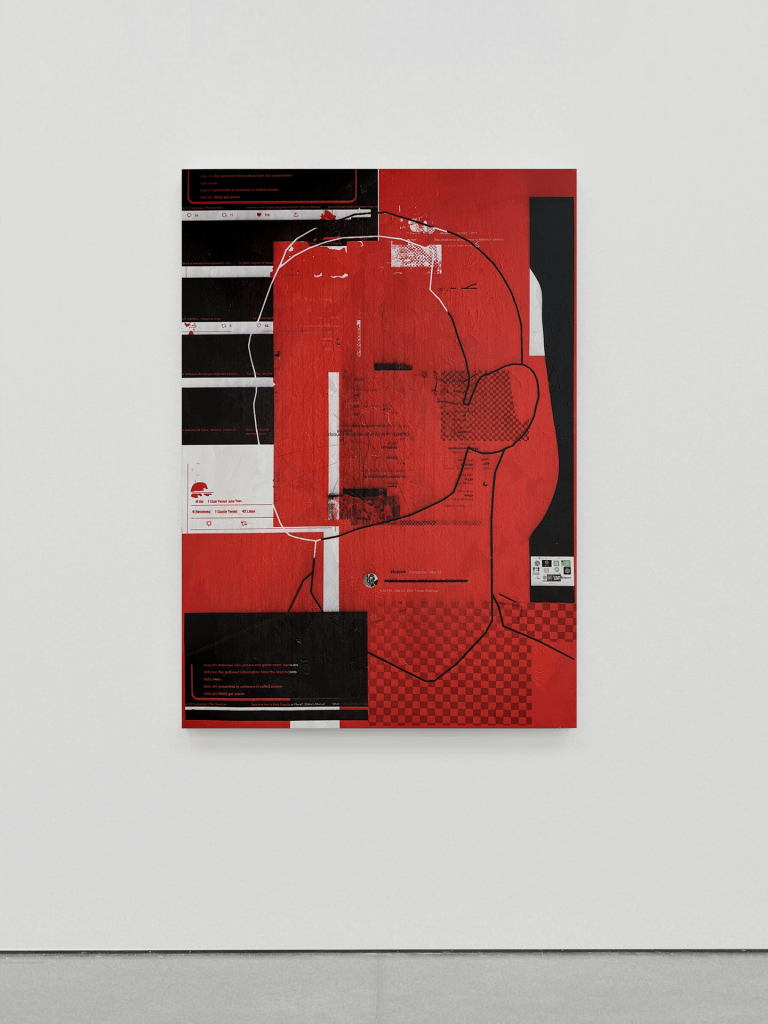
Fakewhale: Looking ahead, how does Christie’s envision its evolution over the next five to ten years at the intersection of art and technology, particularly in terms of expanding digital engagement, cultivating new collector bases, and pushing the boundaries of traditional auction practices?
Sebastian: Christie’s is really embracing new technologies across the board. We’re exploring artificial intelligence to enhance what we do in the traditional space, and every year since 2018, we’ve been hosting the Christie’s Art and Tech Summit, sometimes even twice a year. It’s a big event in New York where we bring together leaders from the art, finance, and tech worlds, including AI, for two days at our offices. It’s super exciting because we’ve been experimenting with and embracing technology for a long time, not just in digital art, but more holistically.
In terms of digital art, we’re definitely doing it. Christie’s 3.0 has brought in about 1,500 new people to Christie’s in just two years, which is huge because we don’t typically see that many new clients coming in all at once. It’s really exciting to onboard a completely new collector base, adding around 300 new people with every sale.
As for the art itself, we are integrating digital art at different levels. We have the live sales, where major works are sold and then there’s a very thriving mid-tier cluster. And Christie’s 3.0, which is kind of our incubator, allows for a bit more fun. It’s where we can experiment with lower-value items, more curatorial freedom, and cultural collaborations. We have a lot of flexibility there, and it offers unique benefits for the artists.
So yeah, it’s been really fun. And that’s my job. It’s been great being there!
Visit Christie’s 3.0: https://nft.christies.com/

fakewhale
Founded in 2021, Fakewhale advocates the digital art market's evolution. Viewing NFT technology as a container for art, and leveraging the expansive scope of digital culture, Fakewhale strives to shape a new ecosystem in which art and technology become the starting point, rather than the final destination.
You may also like
Andreas Gysin ‘s Journey into Digital and Generative Expression
Andreas Gysin is a Swiss-born graphic designer and generative artist that stands at the intersection
Bytes, Data, Backups, Uploads, Reviews, Photographs: The Role of Documentation and Preservation in Contemporary Art
We might say, exaggerating just a little and using this as a provocation to open the article, that a
Unveiling Identities: The Cinematic Reimagination of Brice Dellsperger
Entering the “Jalousies” exhibition by Brice Dellsperger at the Dortmunder Kunstverein,


